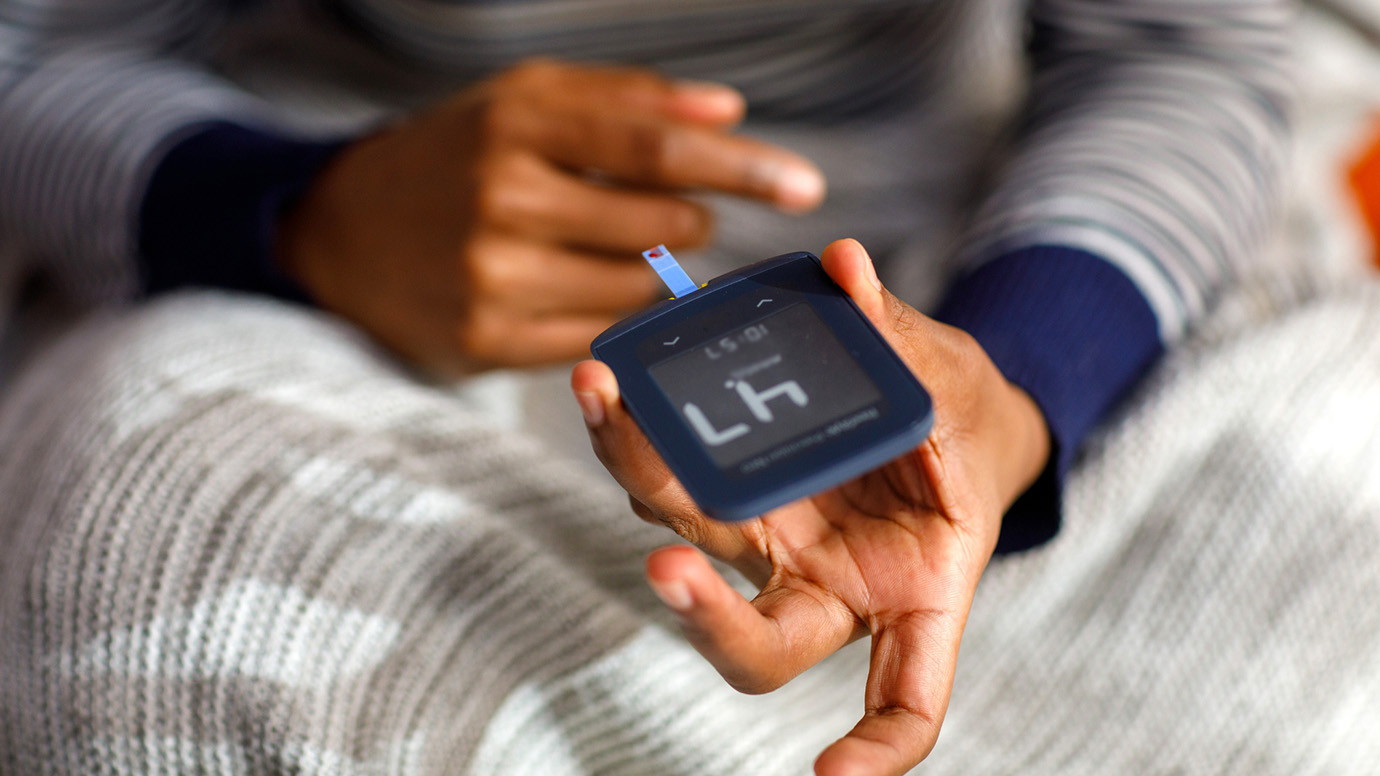Hypoglycemia and Outdoor Activities
Written by: T'ara Smith
3 minute read
September 25, 2019
You should be able to enjoy your favorite outdoor activities without worrying about hypoglycemia. However, it's always good to be prepared. This article will show you how to prevent hypoglycemia while enjoying outdoor activities or traveling.
Hypoglycemia is a term to describe low blood sugar. For people with diabetes, blood sugar below 3.9 mmol/L70 mg/dL is considered to be hypoglycemia. This can be caused in various ways—physical activity, mismatching insulin with carbs, going long periods of time without food or without carb-containing foods and more. Hypoglycemia can happen at any time, especially if you’re enjoying outdoor activities. Severe hypoglycemia may manifest itself as lightheadedness, confusion, or dizziness, shaking, seizures, or unconsciousness. If not treated in time or properly, it can be fatal.
The hypoglycemic effects of sports and exercise can be hard to notice because of the increased adrenaline produced during physical activity. Also, as the weather gets warmer and you’re more active outdoors, the symptoms of hypoglycemia may mimic the body’s response to heat and also make it hard to identify hypoglycemia as it happens.
We know you have a life, and if you’re reading this, you probably like to go out and enjoy outdoor activities. The focus of this article is on how to prevent and treat hypoglycemia when you’re playing sports, hiking, camping, or whatever fun activity you love.
Before starting your new activity:
- Check your blood sugar—if your blood sugar is already low, wait until it rises to normal levels.
- Pack glucose tablets, drinks, or snacks to act as a fast carbohydrate.
- Keep extra test strips and lancets or set alerts on your continuous glucose monitor (CGM) device to notify you of low blood sugar.
- Tell your emergency contact where you are and what you’re doing. Set up check-ins if your activity is considerably strenuous or if you’re going to a relatively remote location.
If necessary, contact your doctor to inquire about other medications you should bring with you, such as glucagon.
During activity:
- Check your blood sugar regularly and adjust the intensity of your activity as needed.
- Adjust insulin dosages (basal or bolus insulin) as needed or as prescribed by your doctor.
- Remain energized with snacks + drinks to prevent lows.
- Keep track of your diabetes supplies and make sure they’re stored at temperatures according to the manufacturer’s instructions.
- Take a break or stop if you begin to feel the symptoms of hypoglycemia.
In the event you check your blood sugar or feel the signs of severe hypoglycemia, and are unable to ingest carbs or your blood sugar is not increasing with carbs consider using glucagon. Glucagon is available as a dry nasal spray or as an injectable that can be administered by another person in an emergency situation. In an emergency, call 911 if you feel the symptoms of severe hypoglycemia and keep a disaster preparedness plan or kit with you. Alert others where your glucagon is stored, too, and know how to use it in an emergency situation.
What if I’m Traveling?
While this article focuses on outdoor activities, it’s important to know about low blood sugar while traveling abroad. Hypoglycemia occurs in up to 10 percent of people with diabetes who are insulin-dependent during travel abroad or within the first 24 hours after arriving in a new location. Possible reasons for include changes to your diet, changes or incorrect adjustments to insulin dosages and timing. For people with insulin pumps, changes in air pressure can affect insulin delivery.
You can bring diabetes supplies through TSA to be screened. However, before you go through the security checkpoint, you’d want to notify the agent you’re carrying medical supplies. Also, you’d want to keep your glucagon, or glucose tablets, with you and not in checked baggage just in case you have an emergency on the plane—most major airlines do not have glucagon available.

Author
T'ara Smith
T’ara was diagnosed with type 2 diabetes in July 2017 at the age of 25. Since her diagnosis, she focused her academic studies and career on diabetes awareness and living a full life with it. She’s excited to have joined the Beyond Type 1 team to continue her work. Two years later, T'ara discovered she'd been misdiagnosed with type 2 and actually has latent autoimmune diabetes in adults (LADA). Outside the office, T’ara enjoys going to the movies, visiting parks with her dog, listening to BTS and cooking awesome healthy meals. T’ara holds an MS in Nutrition Education from American University.
Related Resources

People with type 2 diabetes (T2D) often hear from medical professionals that they need to...
Read more

Session: Ask the Experts: Management of the Athlete with Diabetes Presentations: Physiology, Metabolism, and Training...
Read more

There might come a time when you or your doctor want to try a new...
Read more

